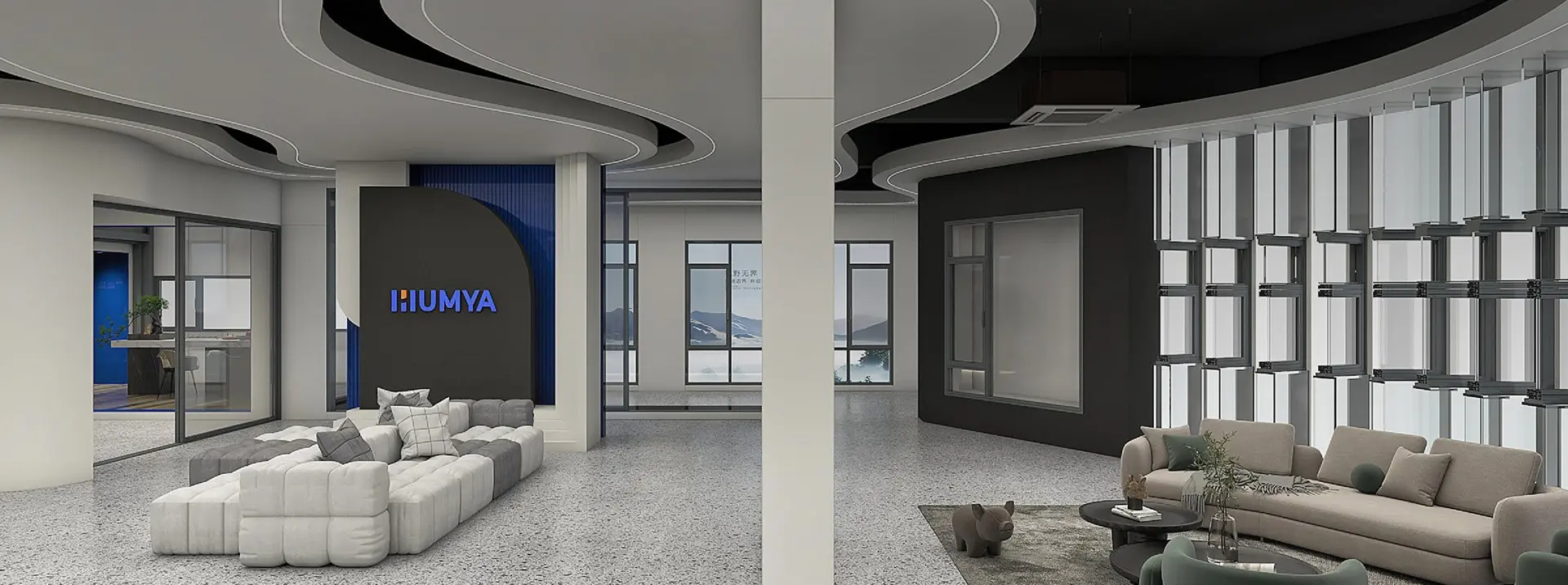
Understanding the Benefits of Choosing Swing Doors for Modern Spaces
In modern architectural design, the choice of doors plays a crucial role in enhancing both functionality and aesthetics.
 Swing doors, in particular, have gained significant traction due to their versatility and ease of use.
According to a recent industry report, the global market for swing doors is expected to grow at a CAGR of 4.5% from 2021 to 2026, driven by increasing demand in both residential and commercial spaces.
These doors not only facilitate seamless transitions between areas but also contribute to improved traffic flow, an essential factor in high-traffic environments such as offices and public buildings.
Additionally, research highlights that swing doors can enhance natural light and create a welcoming atmosphere, making them an ideal choice for modern spaces.
This guide will explore the numerous benefits of choosing swing doors and provide insights on how to incorporate them effectively into your design projects.
Swing doors, in particular, have gained significant traction due to their versatility and ease of use.
According to a recent industry report, the global market for swing doors is expected to grow at a CAGR of 4.5% from 2021 to 2026, driven by increasing demand in both residential and commercial spaces.
These doors not only facilitate seamless transitions between areas but also contribute to improved traffic flow, an essential factor in high-traffic environments such as offices and public buildings.
Additionally, research highlights that swing doors can enhance natural light and create a welcoming atmosphere, making them an ideal choice for modern spaces.
This guide will explore the numerous benefits of choosing swing doors and provide insights on how to incorporate them effectively into your design projects.
Advantages of Swing Doors in Space Optimization and Accessibility
Swing doors offer substantial advantages in modern spaces, particularly in terms of space optimization and accessibility. Unlike sliding or hinged doors that require additional clearance, swing doors can be strategically placed to maximize floor space. This design allows for more flexible layouts, especially in smaller areas where every inch counts. By eliminating the need for a door pocket or extensive clearance, swing doors seamlessly integrate into various design aesthetics while maintaining functionality.
Accessibility is another significant benefit of swing doors. They can be easily operated with minimal effort, making them ideal for individuals with mobility challenges. The wide openings provided by swing doors facilitate easier movement of people and goods, such as wheelchairs, carts, or heavy equipment. Furthermore, they can be designed to include features like automatic operation or hands-free mechanisms, enhancing convenience in high-traffic environments. Overall, swing doors are an excellent choice for modern architecture, balancing form and function while promoting inclusivity.
Enhanced Aesthetics and Modern Design Appeal of Swing Doors
Swing doors are increasingly becoming a favored choice in modern architecture, primarily due to their enhanced aesthetics and design appeal. According to a recent report by the American Institute of Architects, 56% of architects cite aesthetics as the key factor influencing their clients' decisions when selecting door types. The elegance of swing doors, with their seamless integration into contemporary designs, allows for greater creativity and flexibility in interior layouts. Their ability to provide unobstructed entryways not only enhances accessibility but also contributes to a more open and inviting atmosphere in both residential and commercial spaces.
When considering the installation of swing doors, it’s essential to note how the materials chosen can affect the overall aesthetic. For instance, using glass or high-quality wood can elevate the visual appeal significantly. When opting for door finishes, 70% of design professionals recommend choosing colors that complement the surrounding decor to create a cohesive look.
Tips: When selecting swing doors, pay attention to the handle design; minimalist hardware can further enhance a modern look. Additionally, consider installing doors with integrated smart technology to blend functionality with novel design, appealing to tech-savvy consumers. Lastly, proper lighting around swing doors can enhance their features and overall charm, making them a focal point in your space.
Energy Efficiency Benefits of Swing Doors in Contemporary Architecture
Swing doors have emerged as a preferred choice in contemporary architecture, particularly due to their energy efficiency advantages. Unlike traditional sliding doors, swing doors create a tighter seal when closed, minimizing air leaks. This ensures that conditioned air remains within the space, ultimately lowering energy consumption for heating and cooling. In modern designs where sustainability is paramount, the use of swing doors contributes significantly to reducing a building’s carbon footprint.
Moreover, the convenience of swing doors adds to their appeal in modern settings. Their ability to swing open wide allows for better air circulation and natural ventilation, which can help regulate indoor temperatures without the need for additional HVAC systems. This not only fosters a comfortable environment but also supports energy-efficient practices by taking advantage of natural breezes. By integrating swing doors into architectural plans, designers can enhance both the functionality and ecological sustainability of their projects, making them a vital feature in energy-conscious contemporary builds.
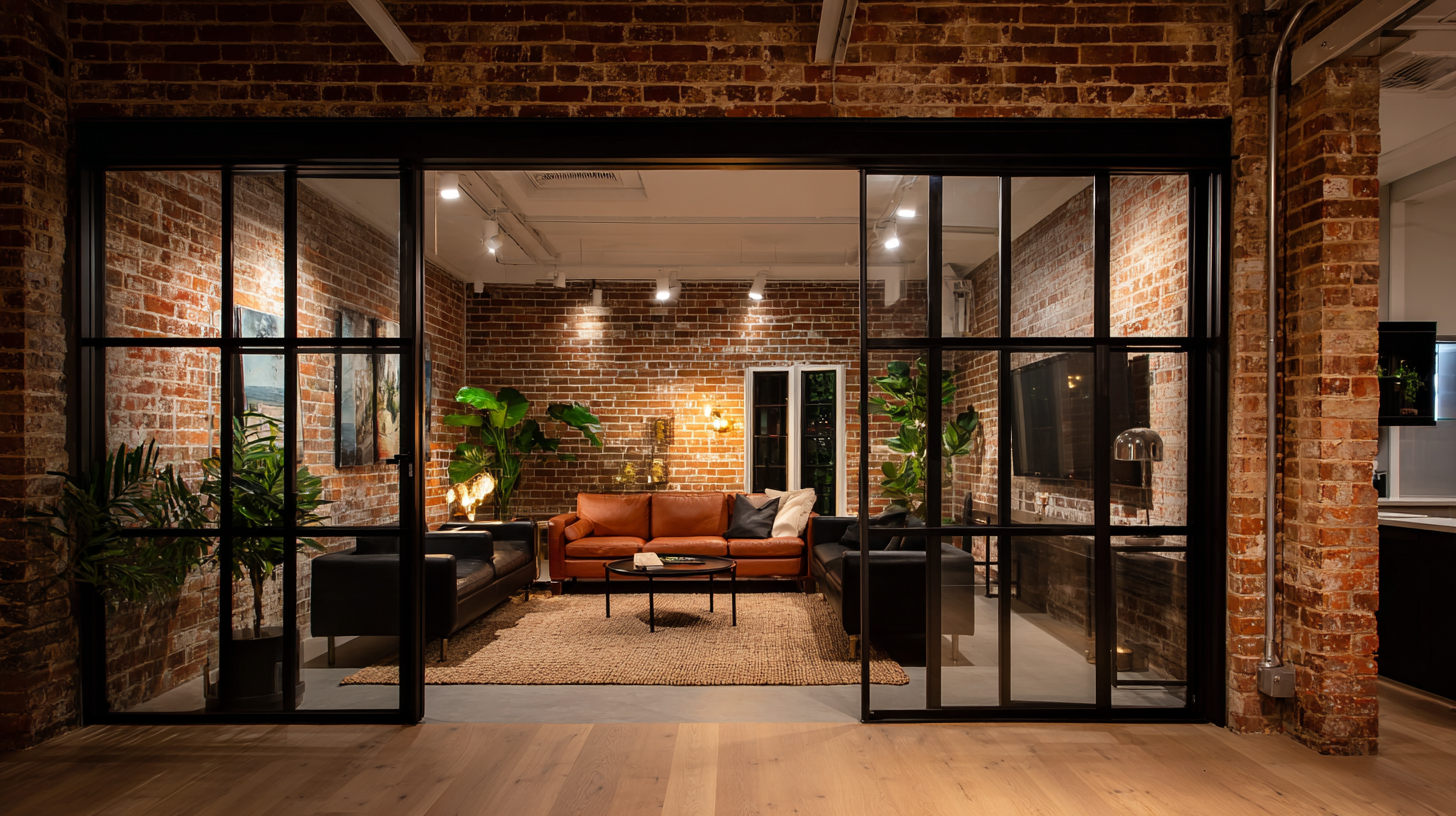
Durability and Maintenance: The Long-Term Value of Swing Doors
When considering the durability and maintenance of swing doors, it’s crucial to recognize their long-term value in modern spaces. According to a report by the American Institute of Architects, swing doors made from high-quality materials such as fiberglass or solid wood can endure significant daily wear and tear, with a lifespan exceeding 25 years when properly maintained. This durability not only reduces the need for frequent replacements but also minimizes construction waste, making swing doors an environmentally friendly choice.
Maintenance for swing doors is relatively straightforward and often involves periodic checks for hardware wear and seasonal weatherproofing. Data from the Door and Access Systems Manufacturers Association indicates that regular maintenance can extend the effectiveness and appearance of swing doors, ensuring they function smoothly with minimal disruptions. By investing in swing doors, property managers and homeowners alike can enjoy the peace of mind that comes with knowing their entrances are built to last, providing value and functionality in contemporary design.
Understanding the Benefits of Choosing Swing Doors for Modern Spaces
Versatility of Swing Doors for Various Functional Spaces
Swing doors are increasingly recognized for their versatility, making them an excellent choice for various functional spaces. Whether in a kitchen, office, or café, these doors create a welcoming atmosphere while maximizing space efficiency. Their bi-directional swing design allows for seamless transitions between rooms, catering to busy environments where quick access is essential. Swing doors can be installed in both traditional and modern settings, adapting to diverse architectural styles without sacrificing aesthetics.
The adaptability of swing doors extends to their function as well. They can be utilized in high-traffic areas where hands-free operation is necessary, such as hospitals or commercial kitchens. Additionally, swing doors can enhance privacy and sound isolation when used in residential settings, making them ideal for home offices or study areas. By selecting the appropriate materials and finishes, swing doors can also contribute to the overall design theme of a space, adding a touch of character while serving practical purposes.
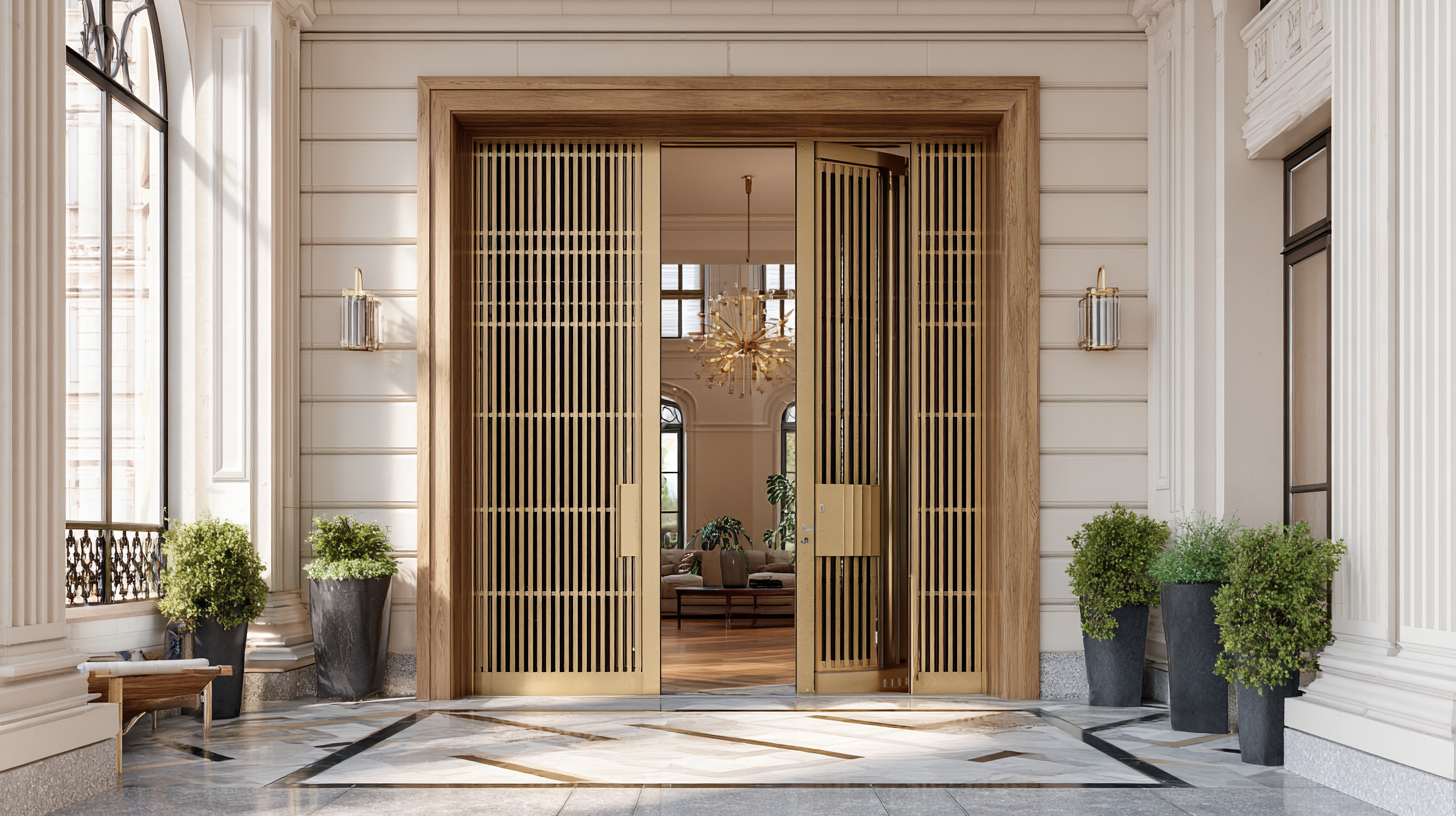
Related Posts
-

Ultimate Guide to Choosing the Best Swing Door for Your Business Needs
-

Discover Innovations in Swing Door Solutions at the 138th Canton Fair 2025 in China
-
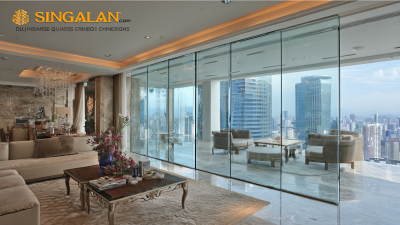
Unmatched Quality of Best Glass Sliding Doors from Trusted Chinese Manufacturers
-
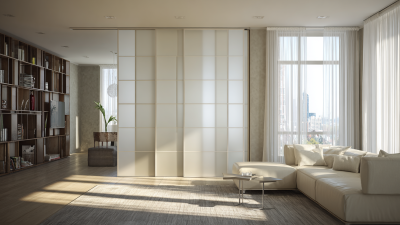
Elevate Your Space with Premium Quality Interior Sliding Doors from China’s Leading Exporter
-
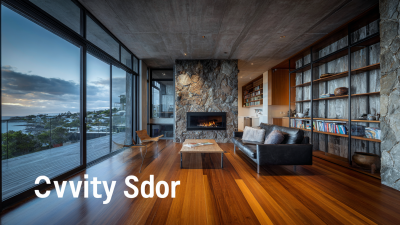
The Definitive Ultimate Guide to Choosing the Best Cavity Sliding Door for Your Home
-

Understanding Industry Standards for the Best Aluminum Door Manufacturing Process




 Sliding Door
Sliding Door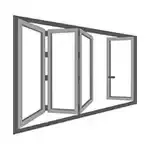 Folding Window
Folding Window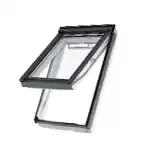 Skylight
Skylight Casement Window
Casement Window Sliding Window
Sliding Window System Window
System Window Tilt and Turn Window
Tilt and Turn Window Sun Room
Sun Room